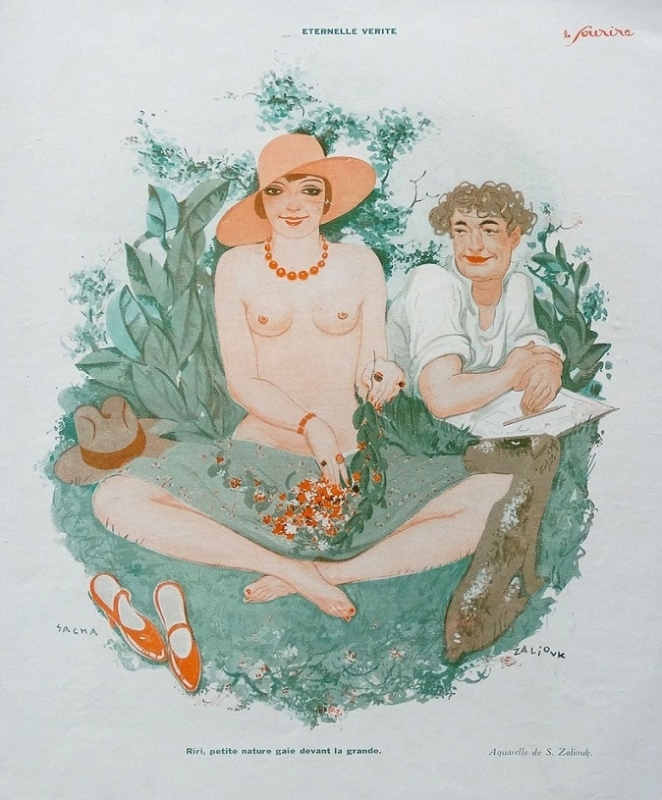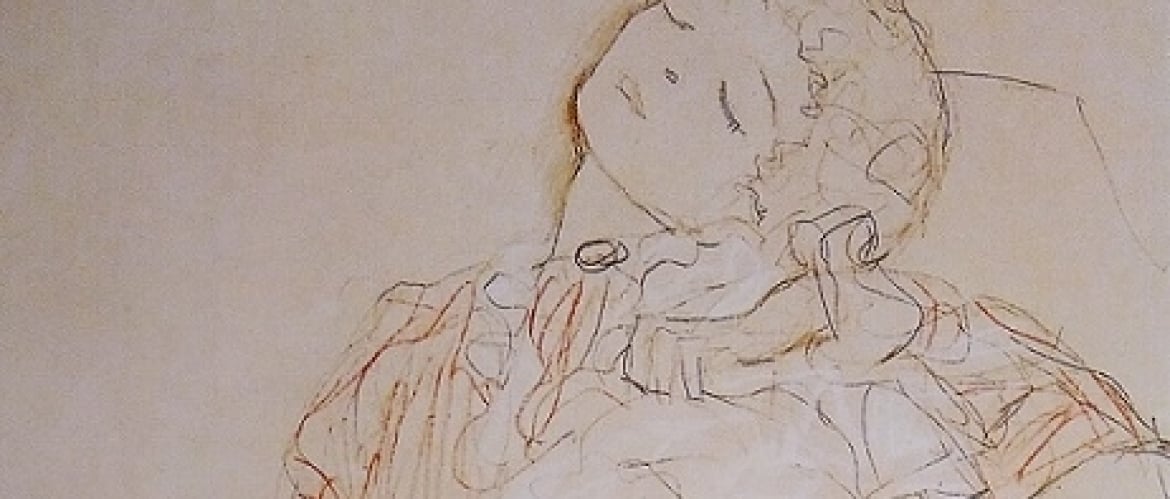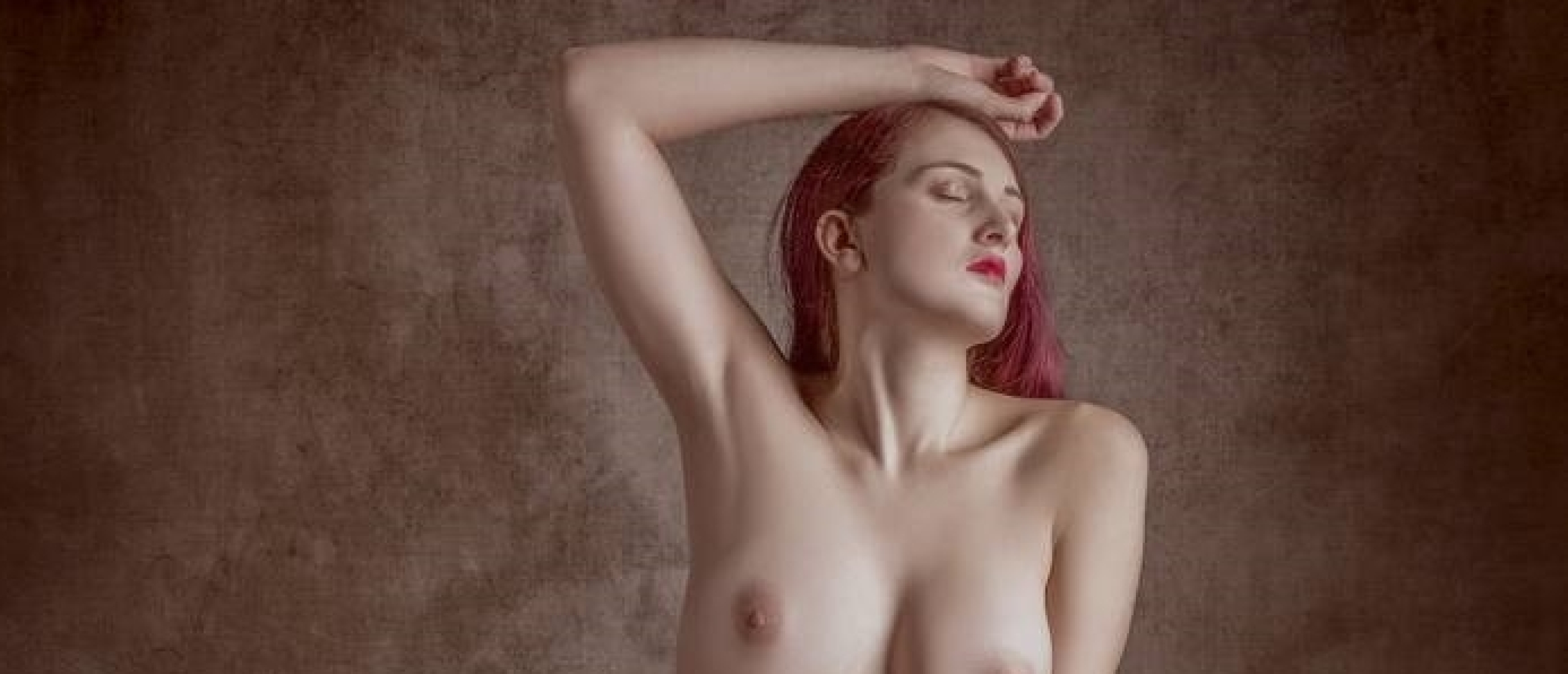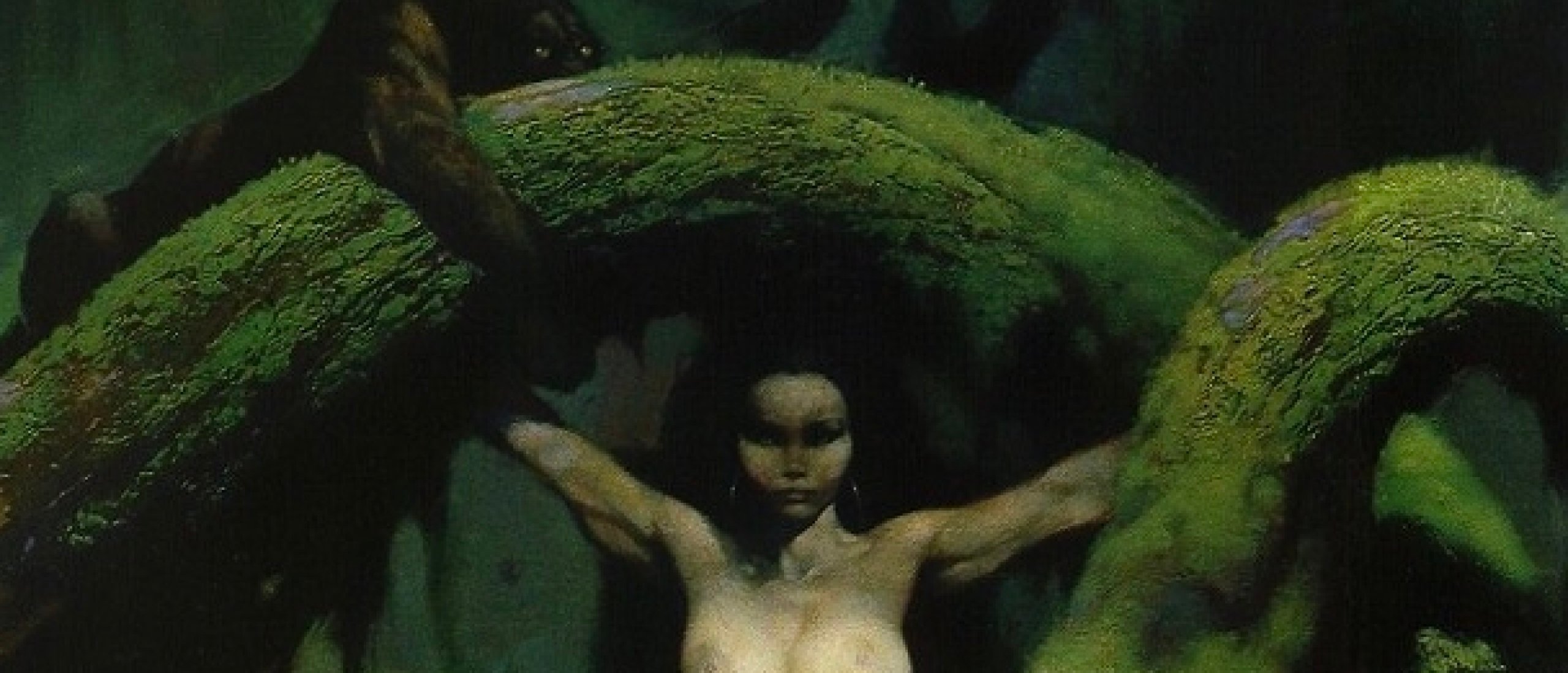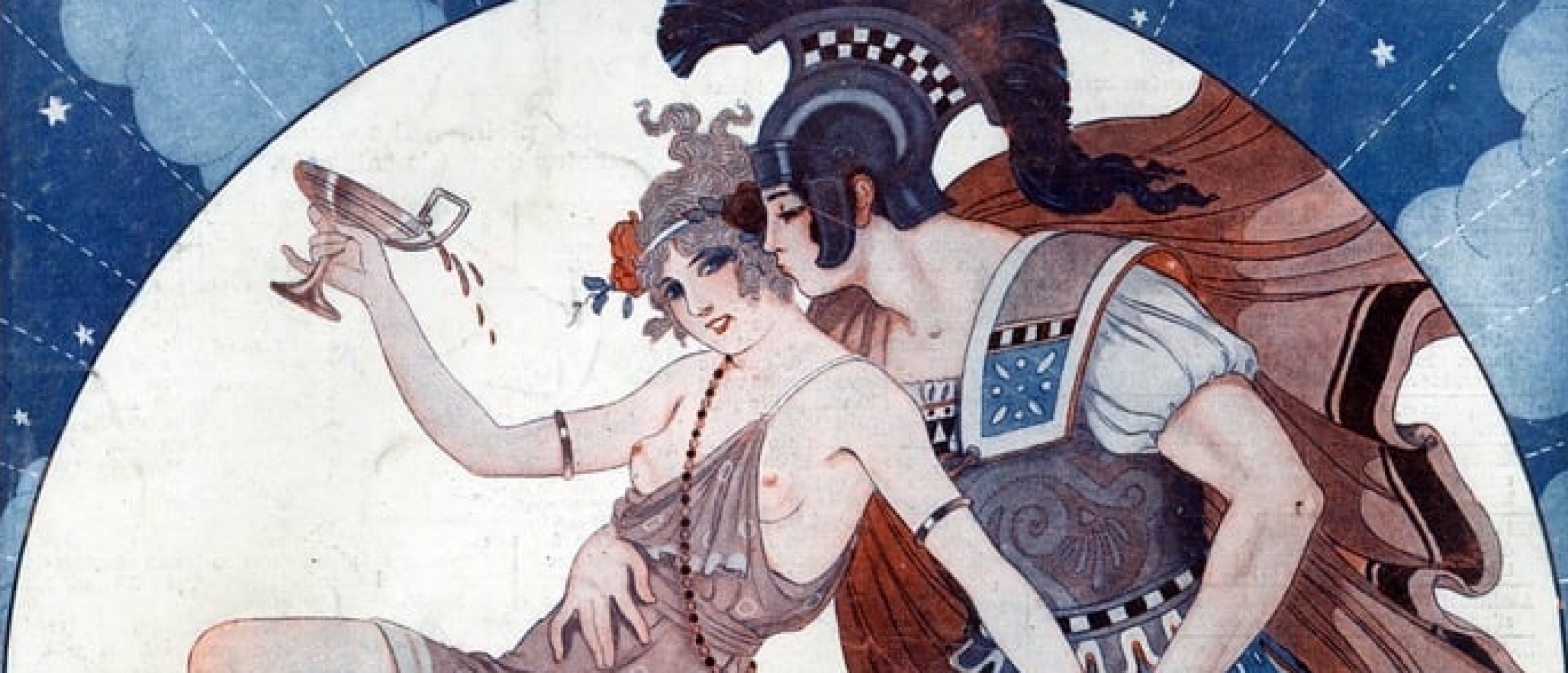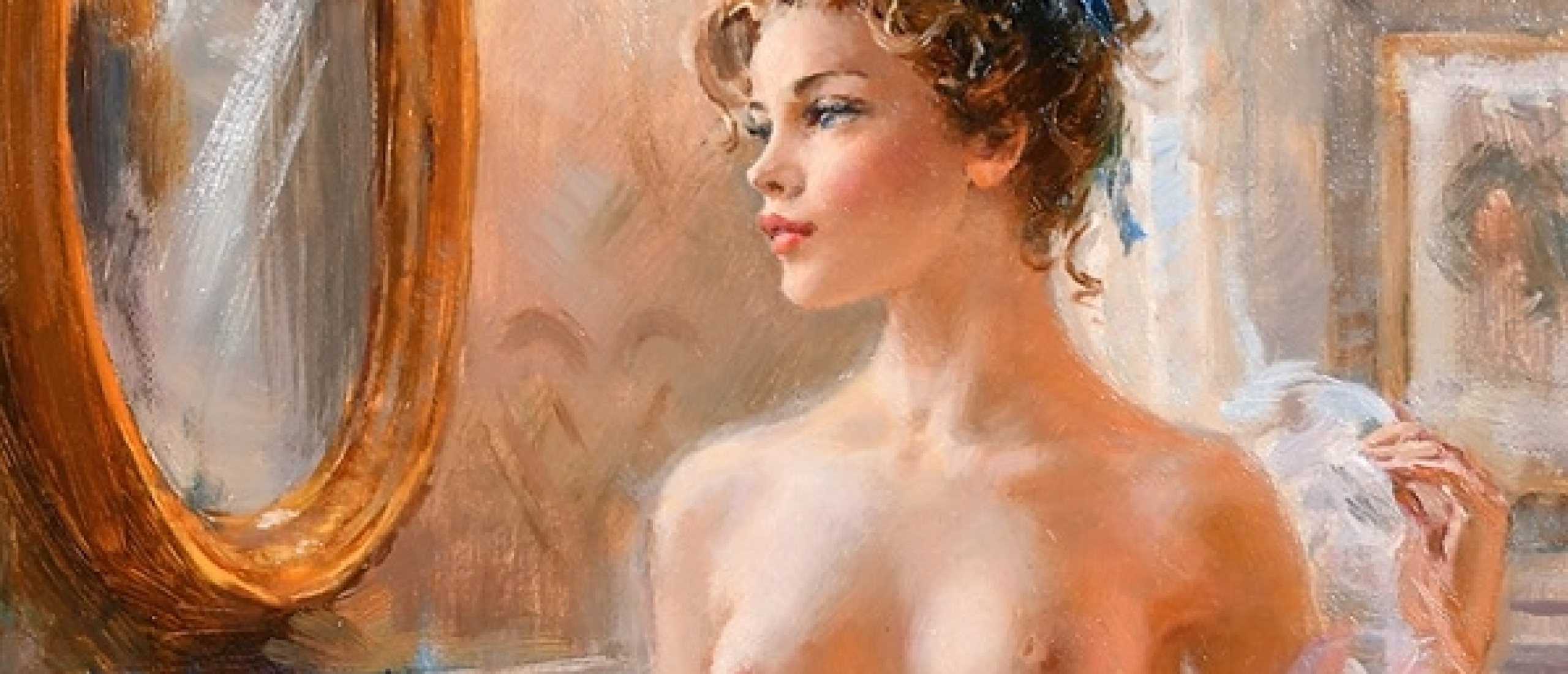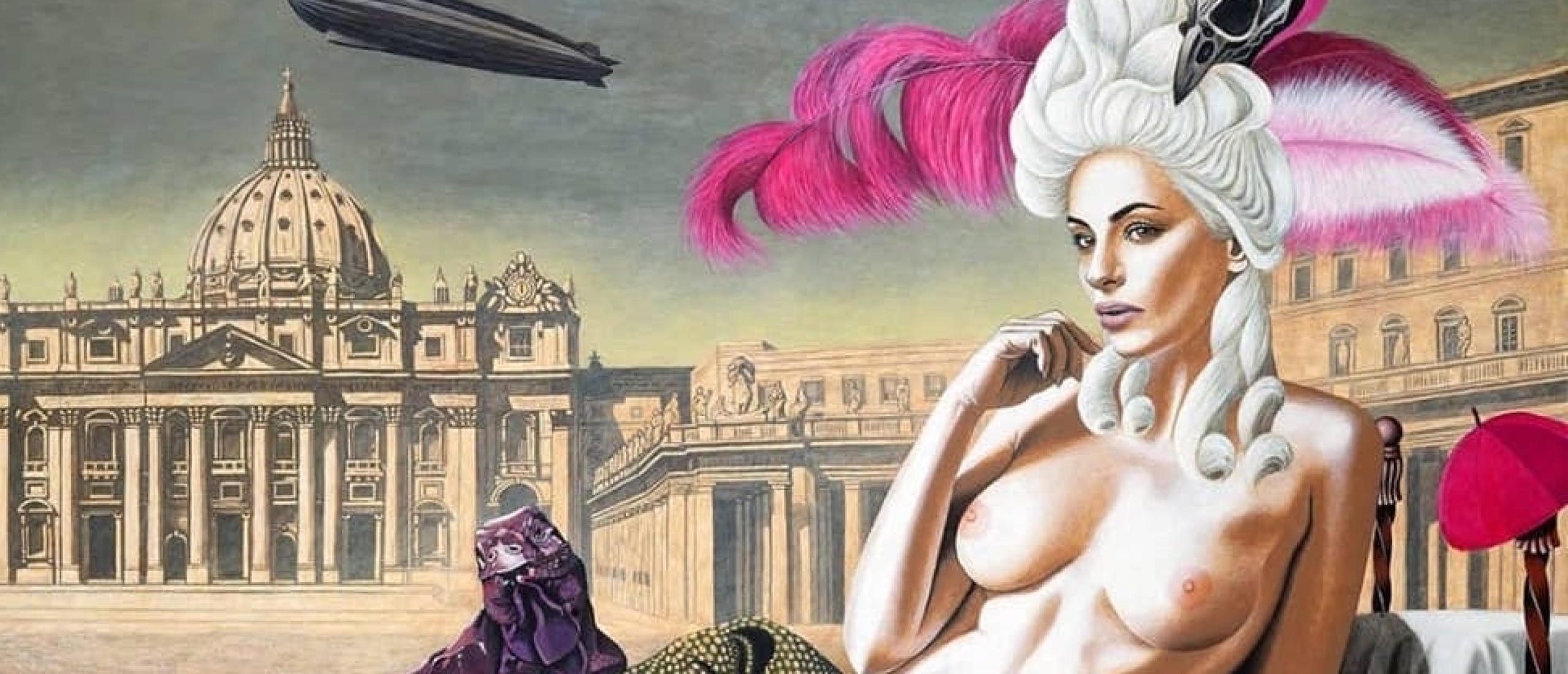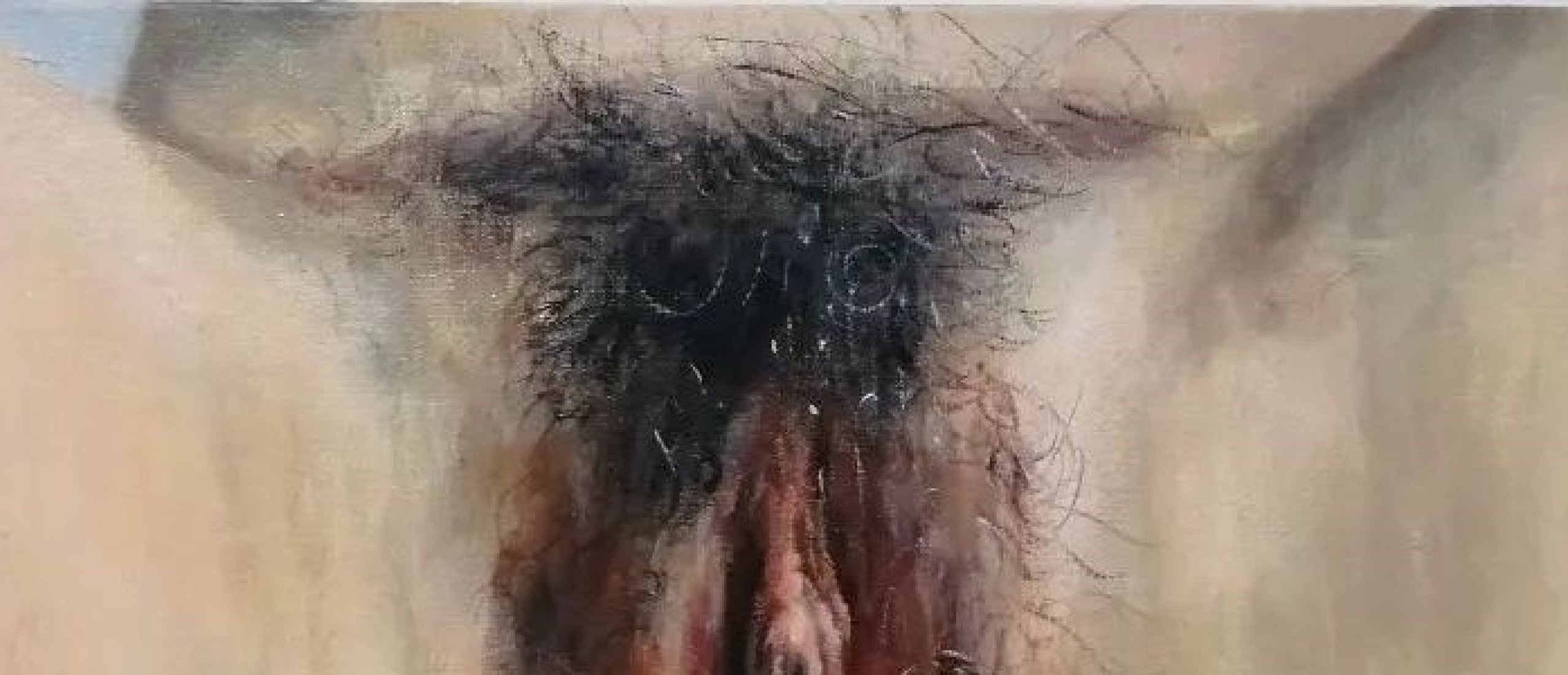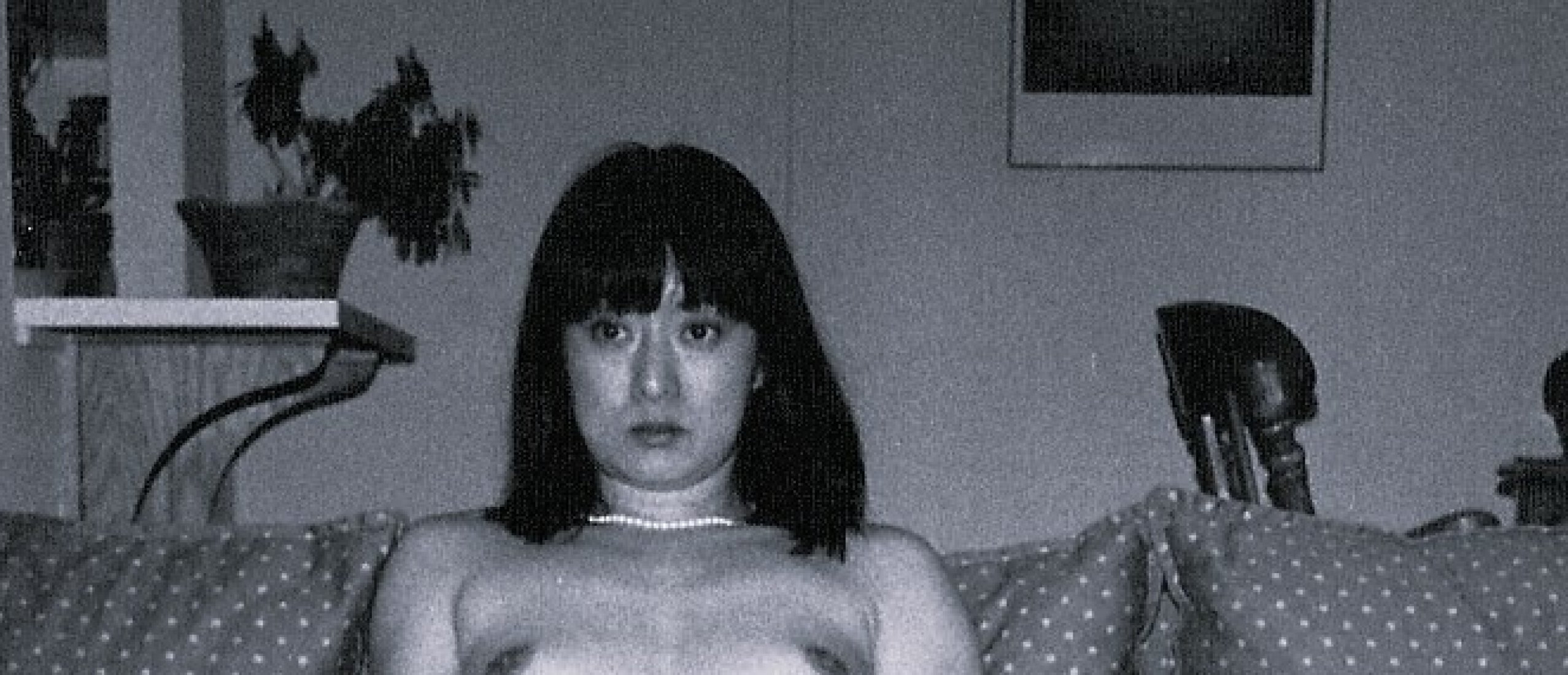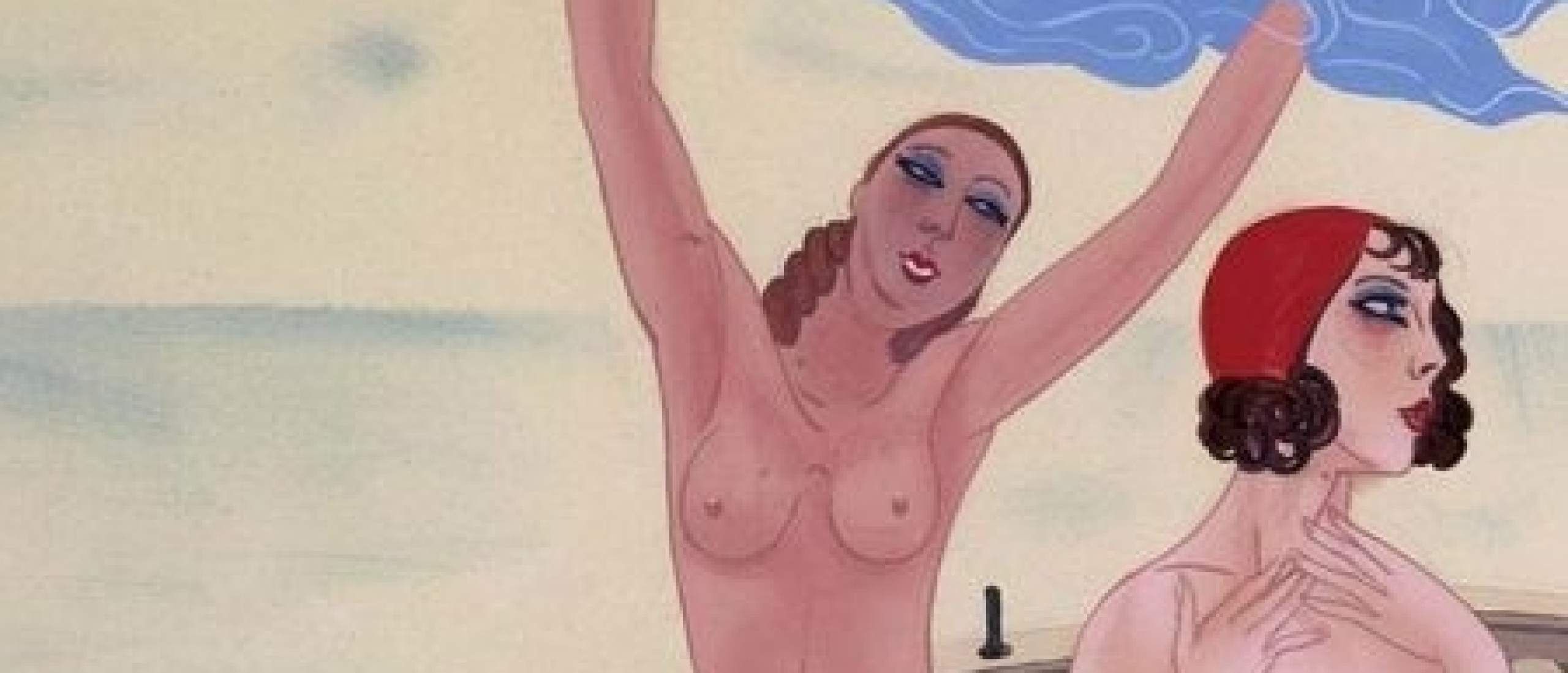
In some of our previous articles, we examined the works of Art Deco representatives who contributed to famous French erotic magazines like La Vie Parisienne and Fantasio. We looked at the sensual 18th century in images of George Barbier and the merry paganism in amusing drawings of Joseph Kuhn-Régnier. This time, we're going to examine the avant-garde posters of the Ukrainian Jew Sacha Zaliouk (1887-1971).
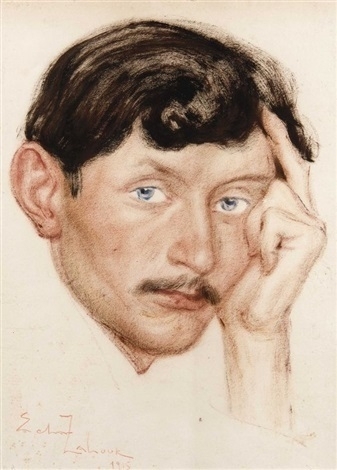
Fig. 1. Self-portrait (artoftherussias.wordpress.com)
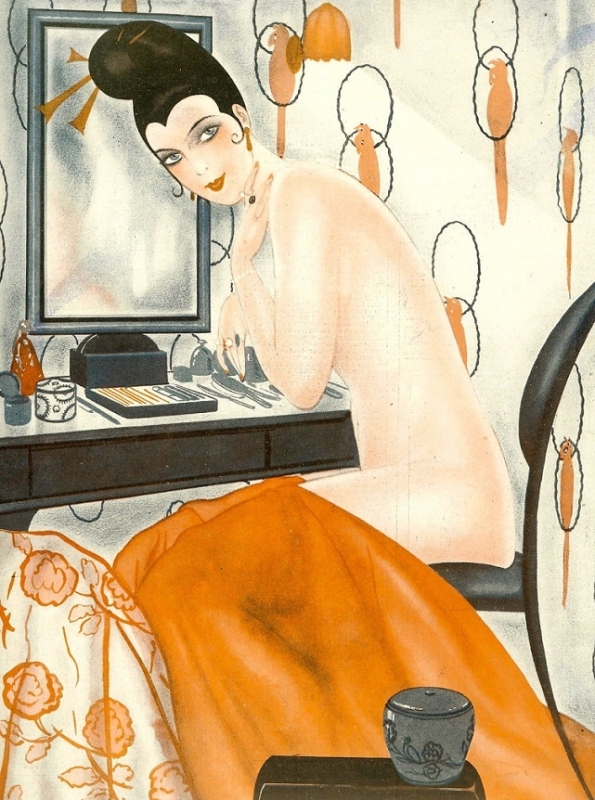
Fig. 2. fbcdn.net
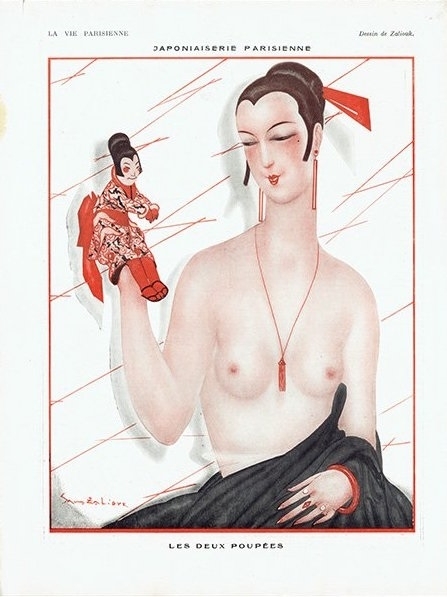
Fig. 3. Two Dolls (shop-pro.jp)
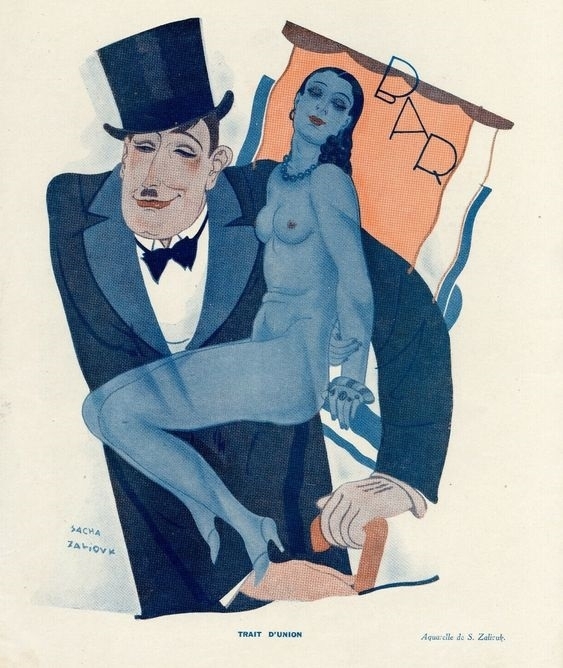
Fig. 4. Trait d’union (pinterest.com)
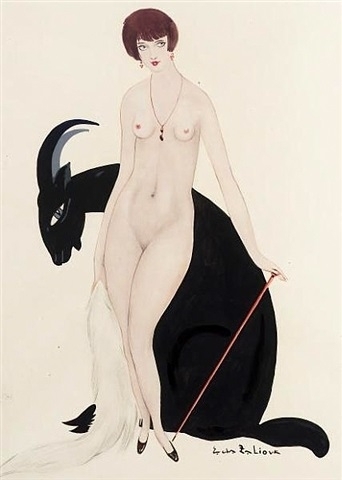
Fig. 5. Capricorn (conchigliadivenere.files.wordpress.com)
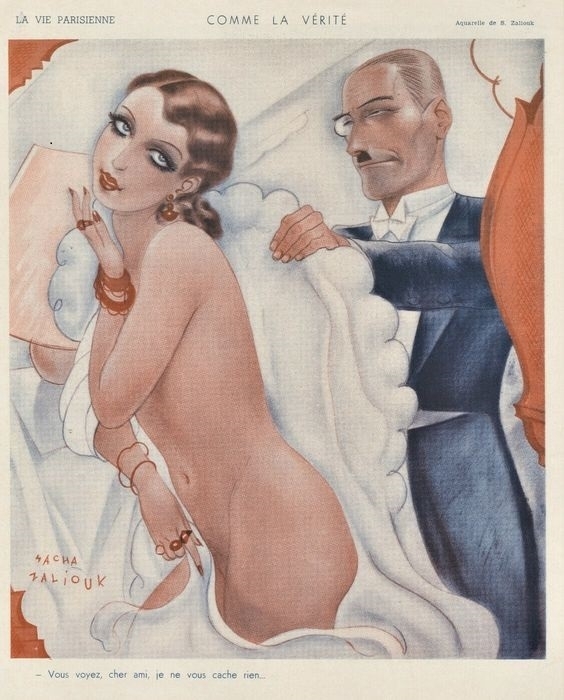
Fig. 6. Naked Like Truth (pinterest.com)
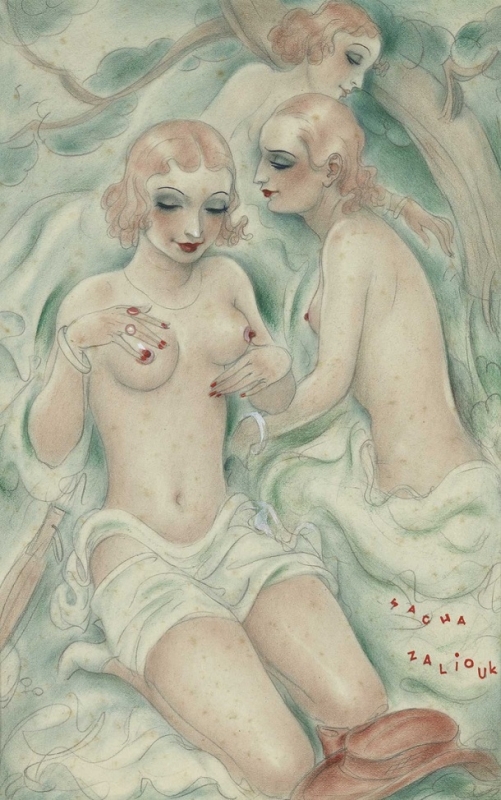
Fig. 7. Nude woman (veryimportantlot.com)
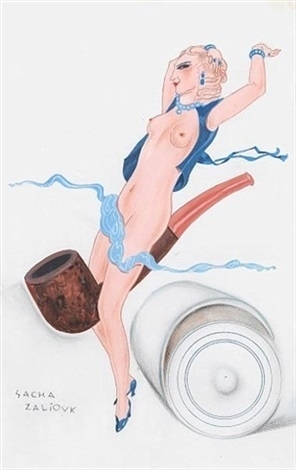
Fig. 8. Smoker’s Paradise (findartinfo.com)
